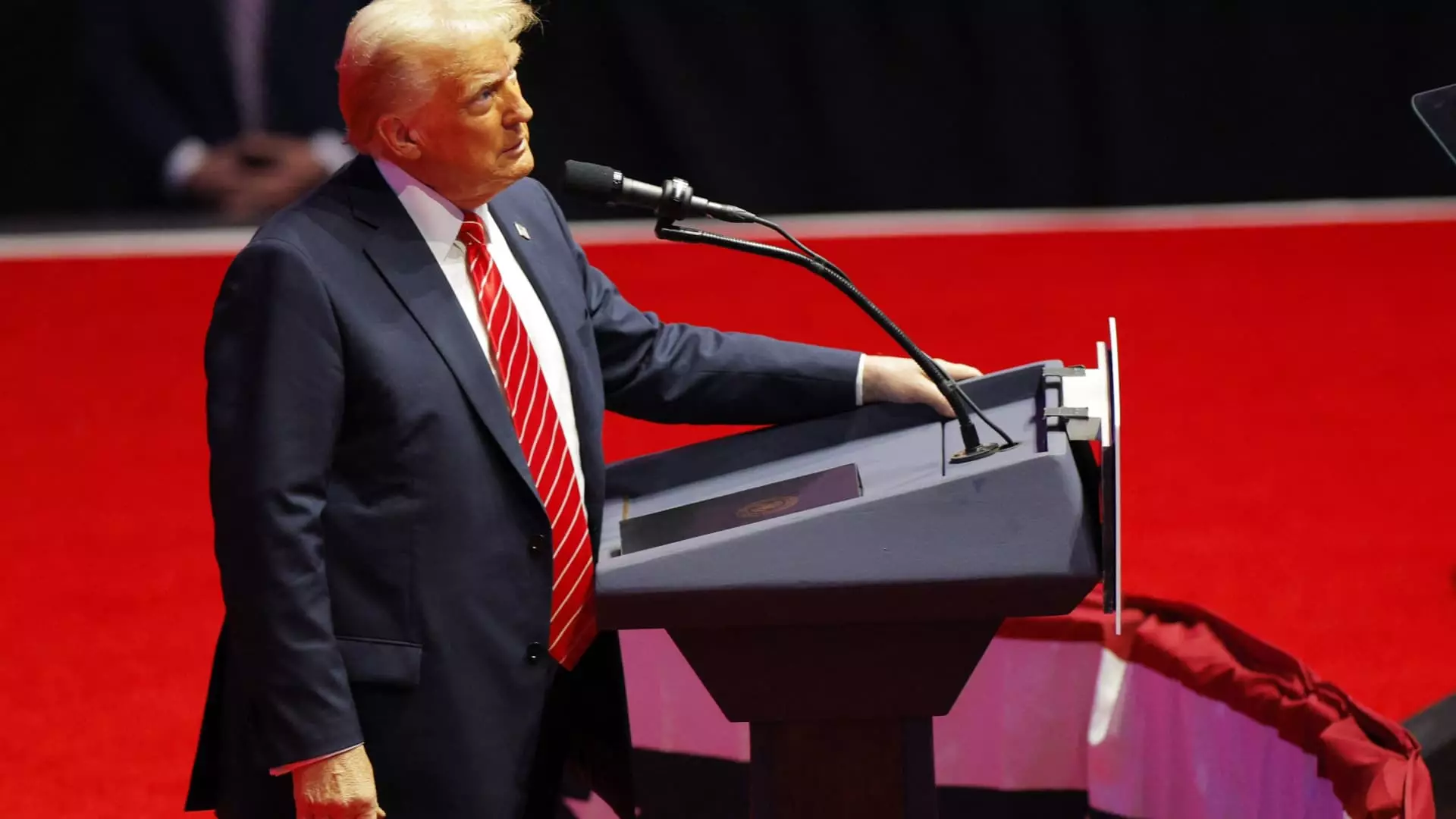As President-elect Donald Trump prepared to take office, expectations surrounding his policies were understandably high, especially regarding international trade. Known for his aggressive stance on tariffs and trade negotiations throughout his campaign, many observers anticipated immediate action once he assumed the presidency. However, a closer look at his actions suggests a potential recalibration of his approach towards trade, particularly concerning tariffs on U.S. trading partners.
Upon swearing in, Trump’s first orders were expected to signal a robust economic strategy. Yet rather than imposing tariffs directly, his administration opted for a broader trade memorandum. This memorandum is not just a bureaucratic formality; it sets in motion a detailed investigation into unfair trade practices and currency manipulation, particularly by key partners like China, Canada, and Mexico. This shift from immediate tariff imposition to a more measured approach can indicate a strategic pivot designed to create a solid foundation for trade negotiations without triggering immediate backlash.
The decision to refrain from levying tariffs on day one raises questions about the president-elect’s initial trade proposals. During his campaign, Trump aggressively promoted the idea of universal tariffs, with substantial rates on imports. His approach might have been characterized as confrontational, but the recent memorandum suggests an inclination towards more nuanced solutions. By taking the time to gather information on unfair practices before acting, Trump may be attempting to present a rationale for future tariff actions that is grounded in evidence rather than rhetoric.
Economists are often wary of protectionist trade policies, especially in the wake of ongoing global economic recovery. Trump’s previous declarations on imposing steep tariffs sparked fears that such measures could inflate production costs and burden consumers by driving up prices. As the world emerges from pandemic-induced economic fluctuations, the specter of renewed inflation is a significant concern. This cautious approach may be an acknowledgment of those economic realities, suggesting that Trump’s administration is weighing the long-term implications of severe trade policies against immediate political gains.
Donald Trump’s approach to trade upon his inauguration reflects a shift from bold immediate actions toward a more deliberative process of inquiry and assessment. While his initial failure to implement tariffs might disappoint some of his supporters, it also signals a potential evolution in strategy that emphasizes careful consideration over rash decisions. The forthcoming investigations could lead to a more informed and potentially constructive trade policy, but only time will tell if these intentions materialize into effective governance. The political theater surrounding these decisions must be carefully scrutinized, as the implications for both the U.S. economy and global trade dynamics are profound.

